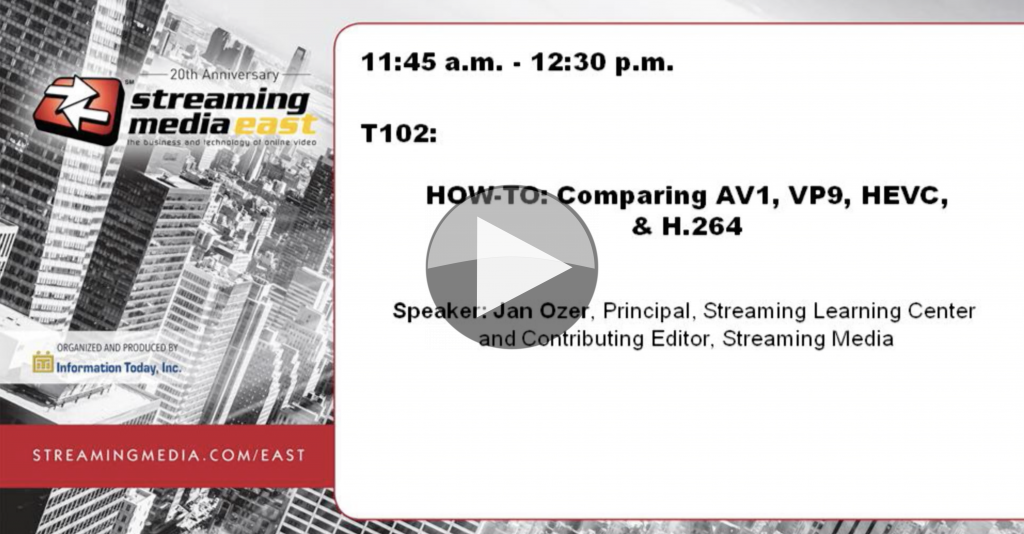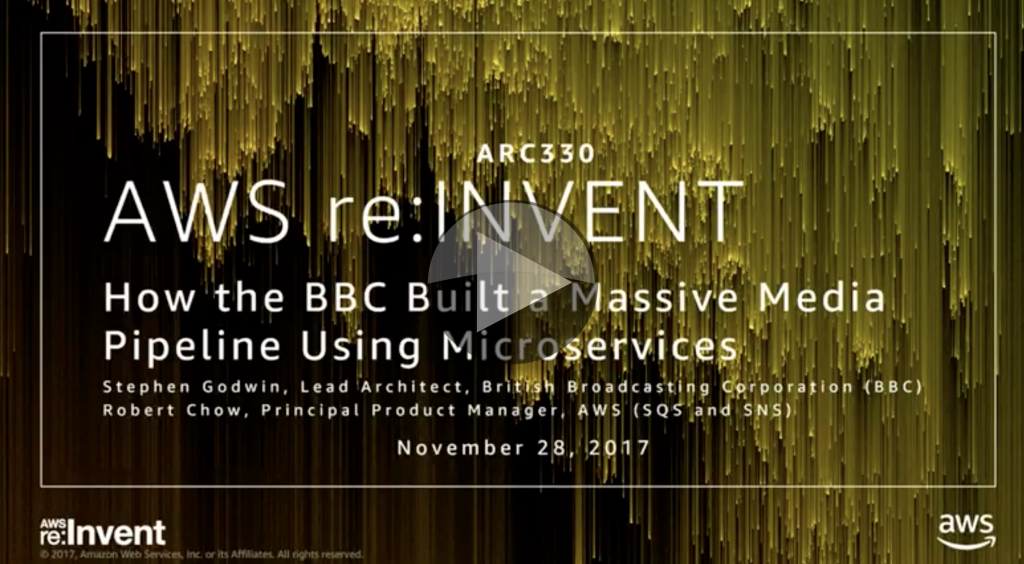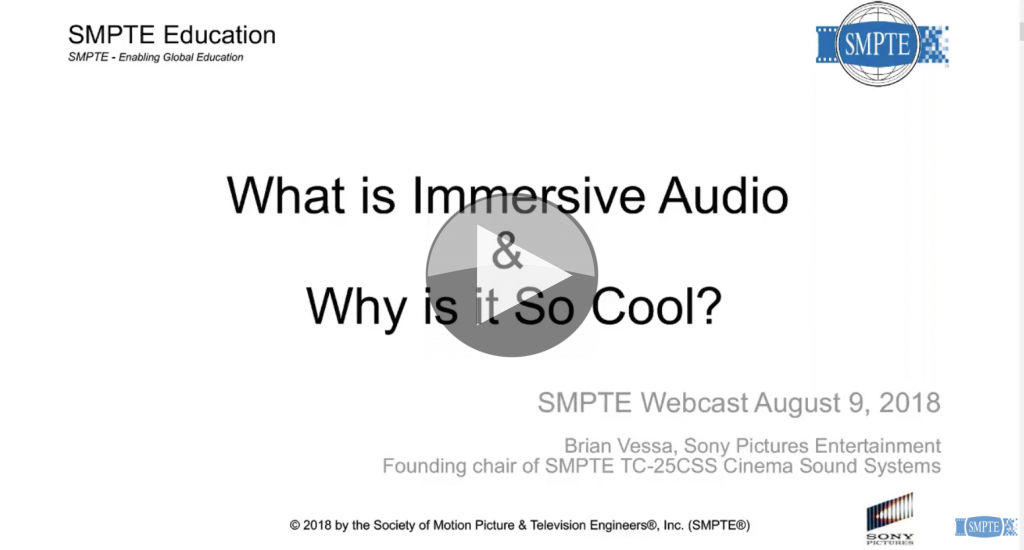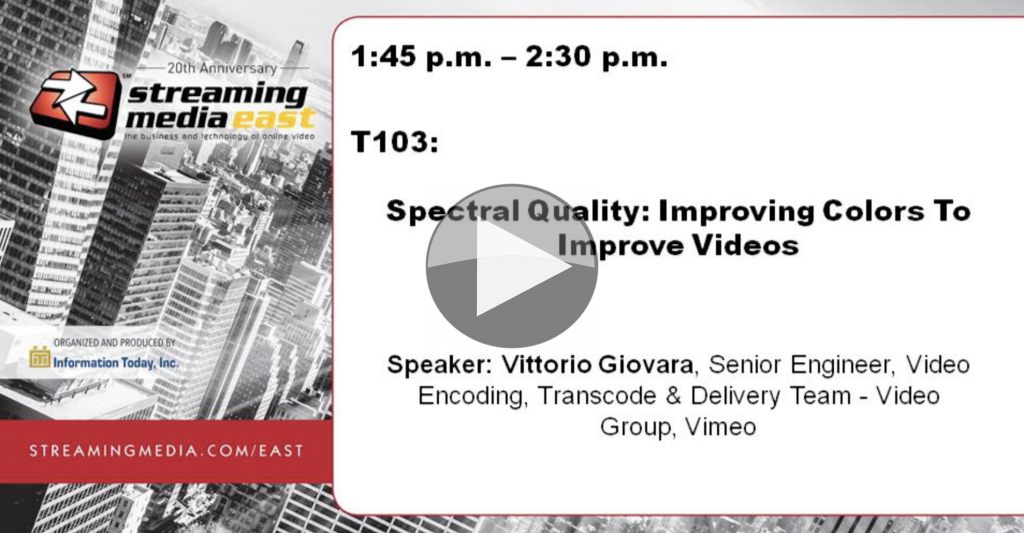Comparing AV1, VP9, HEVC and H.264 is quite a task, but Streaming Media’s Jan Ozer is here to take us through it. From MPEG royalties to VP9 browser compatibility, from the AV1 roadmap to HEVC-enabled HLS, this is a comprehensive look at real-world usage of the top four codecs.
This is a key topic because many content distributors and aggregators still use H.264 as their primary, if not exclusive, codec, but the bandwidth savings promised by newer, more powerful codecs are alluring. Those considering a switch must evaluate at least three options: HEVC, VP9, and AV1.
In this session, codec specialist Jan Ozer evaluates the quality of these codecs and compares them to H.264. Learn how much bandwidth you can save with each, and how the newer codecs compare from quality and implementation perspectives.





